Paul Stopforth

Paul Stopforth is a painter and graphic artist who focusses on portraits and human figures. He works in oil, gouache, ink, charcoal, metal and the encaustic processes as well as in lithography.
Stopforth's 1980 series of 20 drawings based on the death of Black Consciousness leader Steve Biko are among the great artworks produced in protest to the apartheid regime. Paul Stopforth was one of the first visual artists to confront the injustices of the apartheid system through his work which evidence a particular kind of witnessing and testimony in relation to apartheid-era interrogation and torture, and to the deaths in detention to which these practices led. Paul Stopforth focuses on areas of the body, or on details of an environment, which at first seem banal but on closer examination reveal much about the subject matter and the artist's own beliefs.
In 1988 Stopforth and his wife Carol Marshall immigrated to Boston in the United States. At the time, disillusioned by yet another State of Emergency, Stopforth took the opportunity to work at Tufts for a year with the assistance of Kim Berman .
Upon his arrival in the US, he experienced the sudden loss of clearly defined good and evil as a framework for making art and a new prevalence of ambiguity. With the freedom to create also came the taxing decisions of how to know and decide what to create. Living in the US, Stopforth feels, has allowed him room for explorations and to breathe.
Paul Stopforth taught at the art department at Harvard University, for many years where he lectured on Visual and Environmental Studies and was the Director of Undergraduate Studies.
Migration Prints
"Double-vision,
double-take, double-mind, double-bind, double-faced, double-tongued and
double-edged all describe something about the mental somersaulting that
accompanies the life of the immigrant and the exile.
These
two prints constitute a reflection on living a life with, and between
two worlds. Migration: Double-back refers to the often nostalgic
recollections of the past lived in another country. Switching backwards
and forward between two histories, two geographies and two
autobiographies sometimes exhilarated by the richness of the experience
and at other times filled with longing for what is no longer "home."
Migration:
Double-grind uses a British Boer War grindstone as an image that
reflects the tension and the struggle of coming to terms with life in
another culture, in another country.
The courage and the
perseverance required are invigorating, and hopefully, a new and more
precise awareness of what it means to be in the world is the result.
The
superimposition of the translucent images of 'Lifebuoy' and 'Sunlight '
soap refer directly to Stopforth's childhood and for him, they
constitute triggers of memory.
"You learn, if you're
lucky, the chameleon art of adaptation, and how to modulate your
laughter. You learn to use your lips properly. Henceforth you are at
home nowhere, and by that token everywhere.' Breyten Breytenbach, ' The
Exile as African." Paul Stopforth, 2004
Artists A to L (listed by surname)
Artists M to X (listed by surname)
New Editions
For orders (with free shipping) or any other enquiries, please contact us.
Robben Island
"After spending time living and working as an artist-in-residence on the low-lying outcrop off the coast of South Africa called Robben Island, on which Nelson Mandela and other famous political prisoners were held, I begun to construct a series of images in which objects and fragments found there act both as evidence and reliquaries. Like fragments of the true cross, they are at once insignificant and holy, discards as well as witnesses to the ongoing, shifting nature of our lives and our histories. I create precisely drawn objects over and through the spontaneous application of painted grounds, thus constantly undoing the clarity of the drawing. Although memory, history, and loss are embedded in these images, so too is the luminosity of their presence." Paul Stopforth, 2005
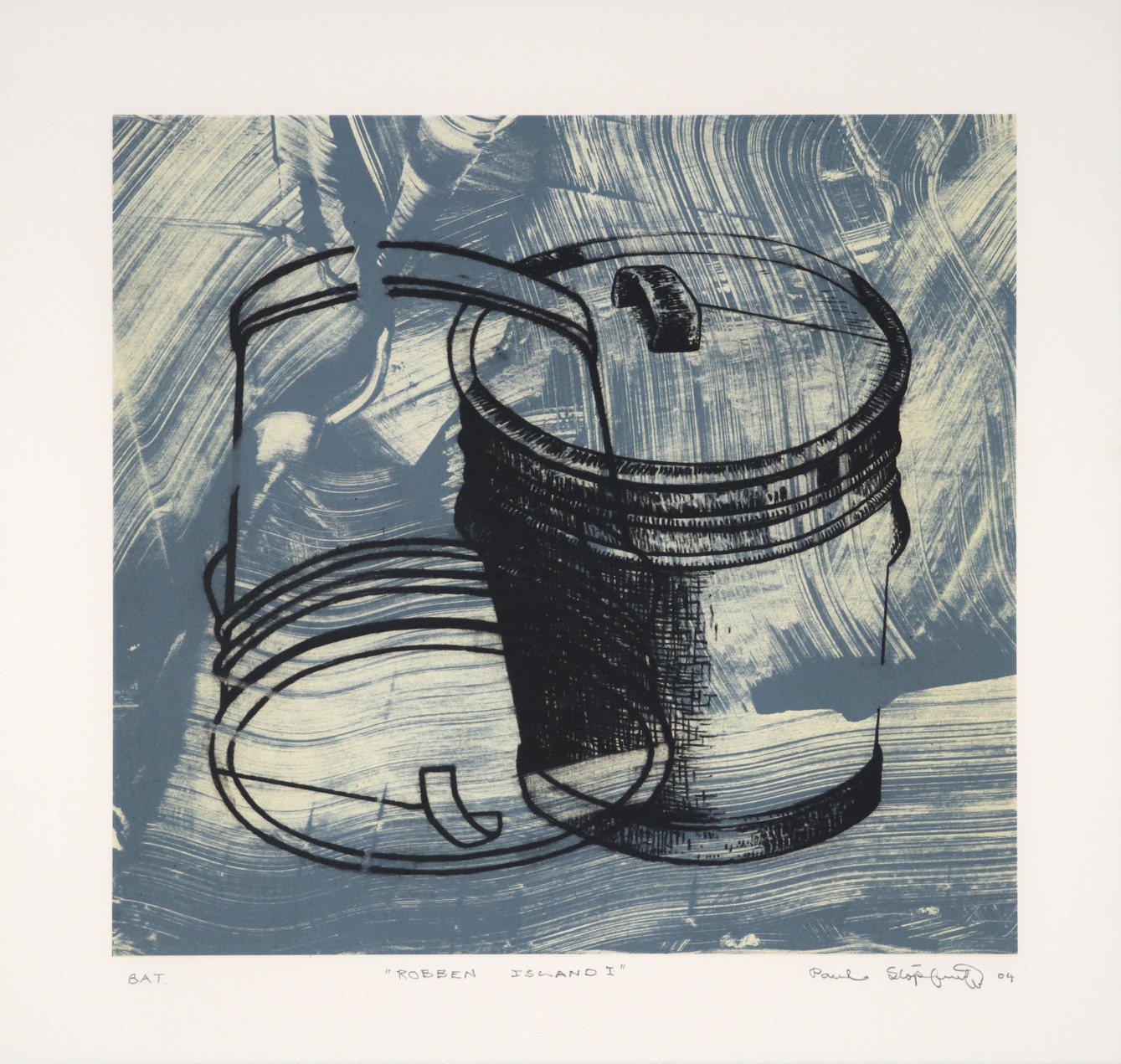
Title: Robben Island I
Medium: Three colour lithograph
Paper size: 36 x 37.5 cm
Image size: 30 x 28 cm
Edition size: 25
Price: R 5 700 (excl.VAT)
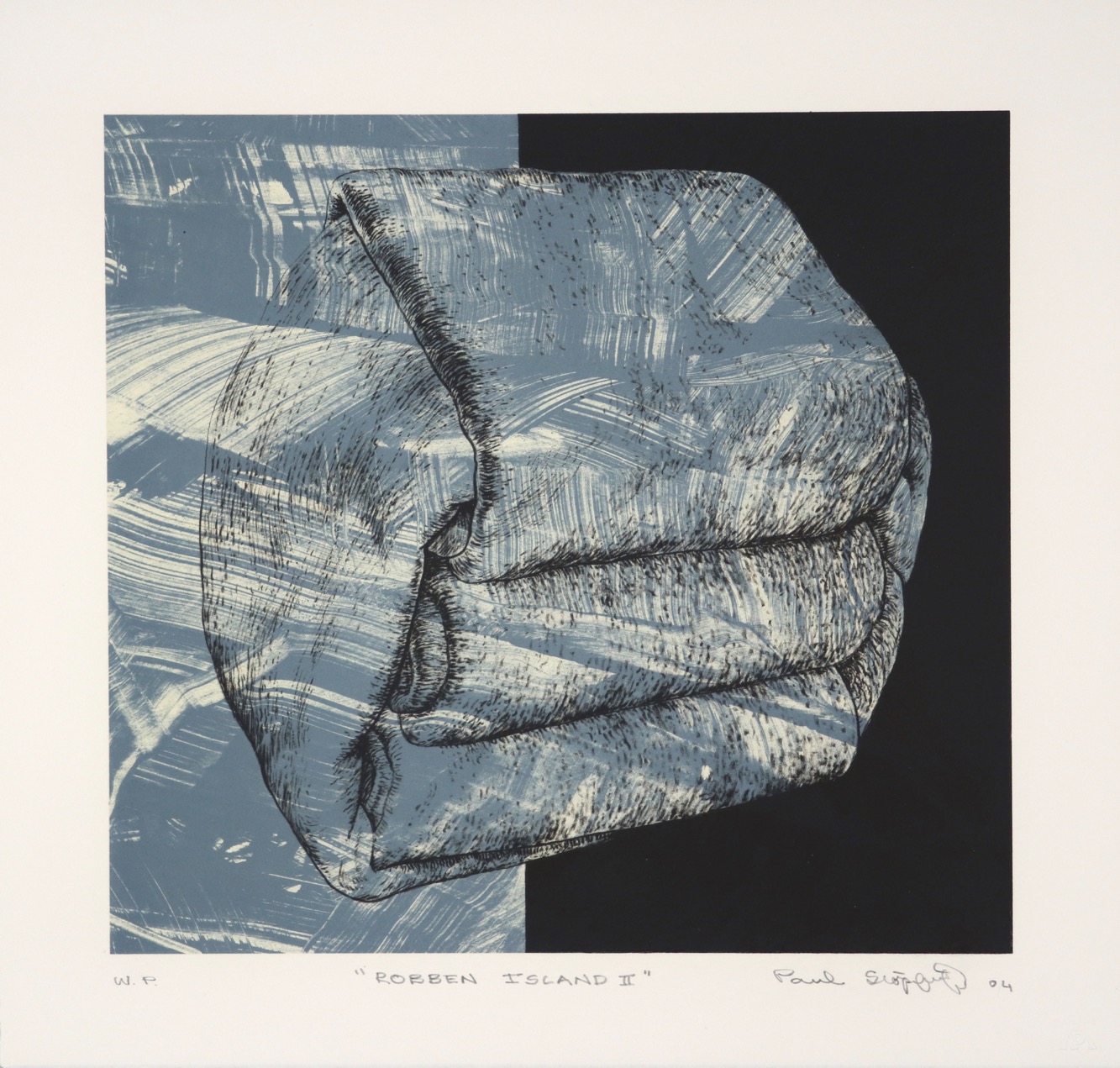
Title: Robben Island II
Medium: Three colour lithograph
Paper size: 36 x 37.5 cm
Image size: 30 x 28 cm
Edition size: 25
Price: R 5 700 (excl.VAT)
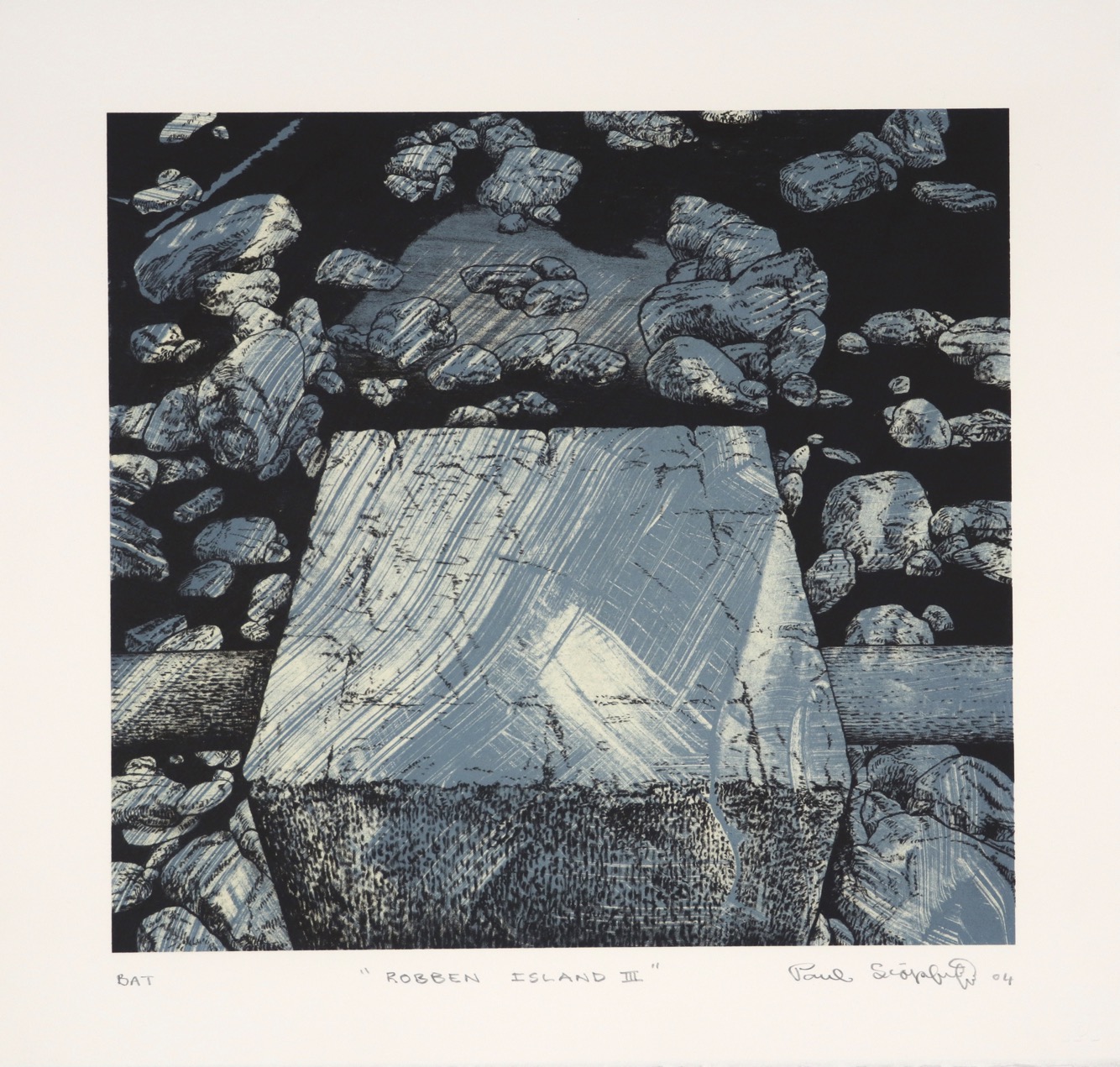
Title: Robben Island III
Medium: Three colour lithograph
Paper size: 36 x 37.5 cm
Image size: 30 x 28 cm
Edition size: 25
Price: R 5 700 (excl.VAT)
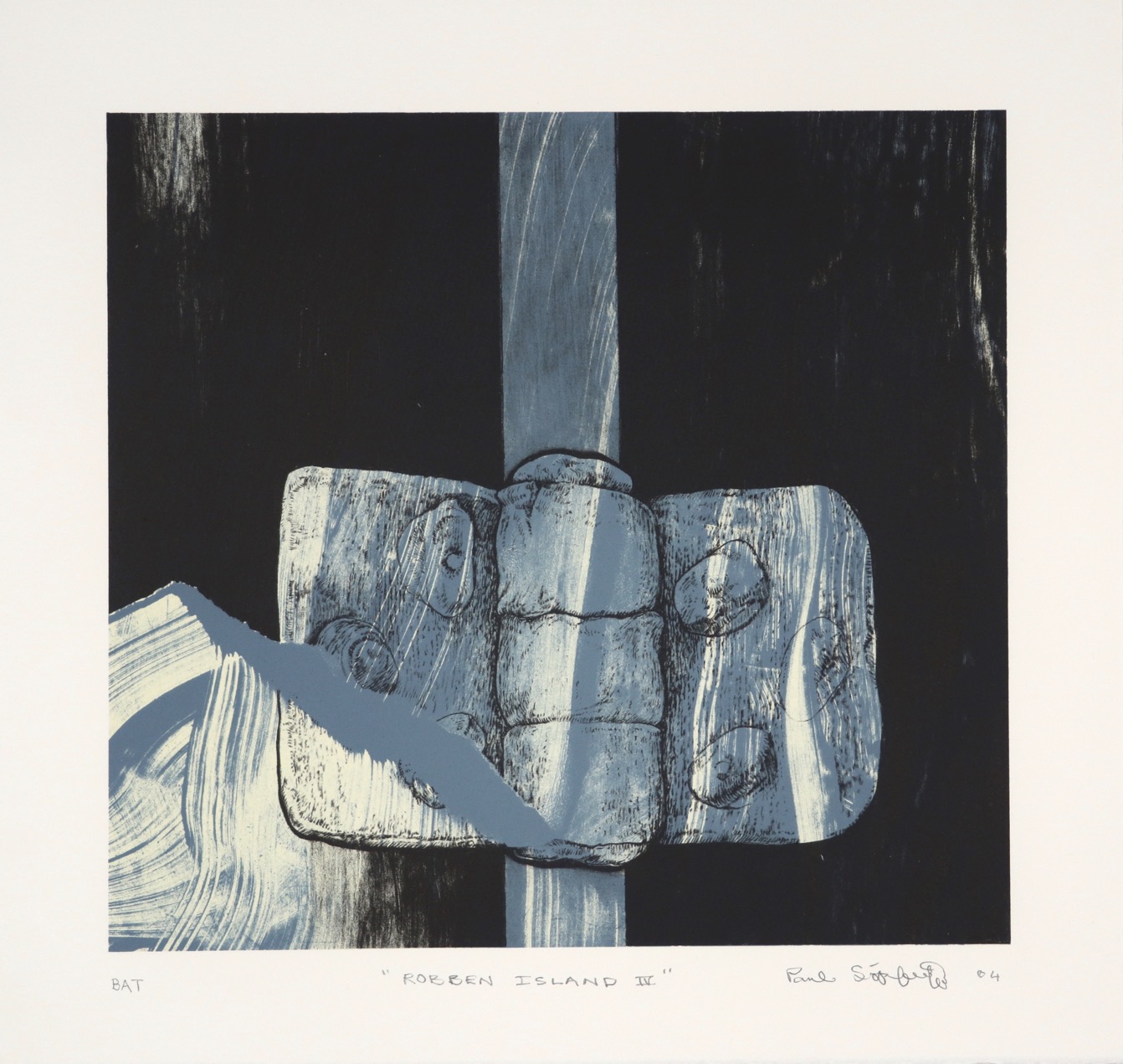
Title: Robben Island IV
Medium: Three colour lithograph
Paper size: 36 x 37.5 cm
Image size: 30 x 28 cm
Edition size: 25
Price: R 5 700 (excl.VAT)
Migration
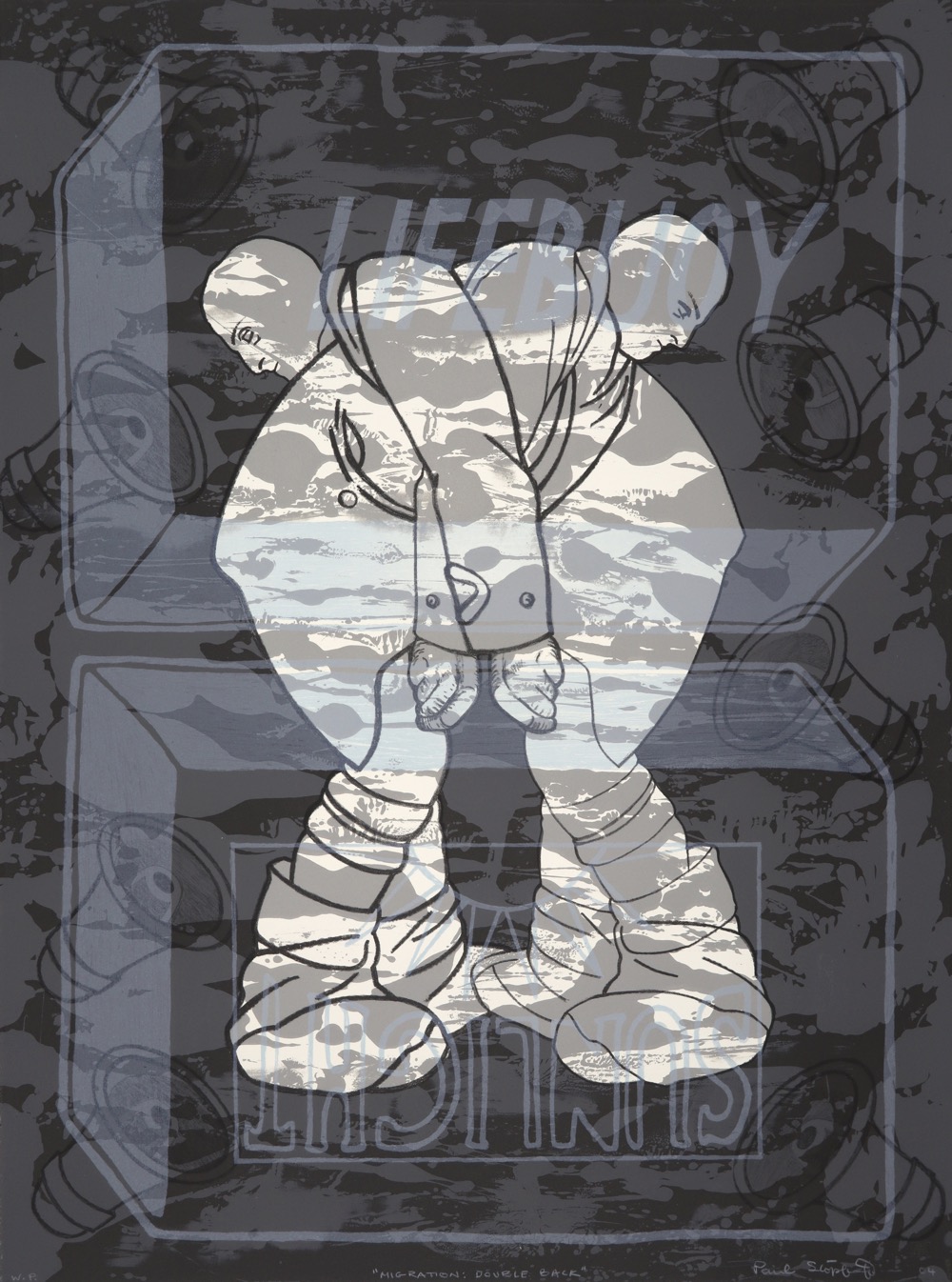
Title: Migration: Double Back
Medium: Four colour lithograph
Size: 76.5 x 57 cm
Edition size: 30
Price: R 7 500 (excl.VAT)
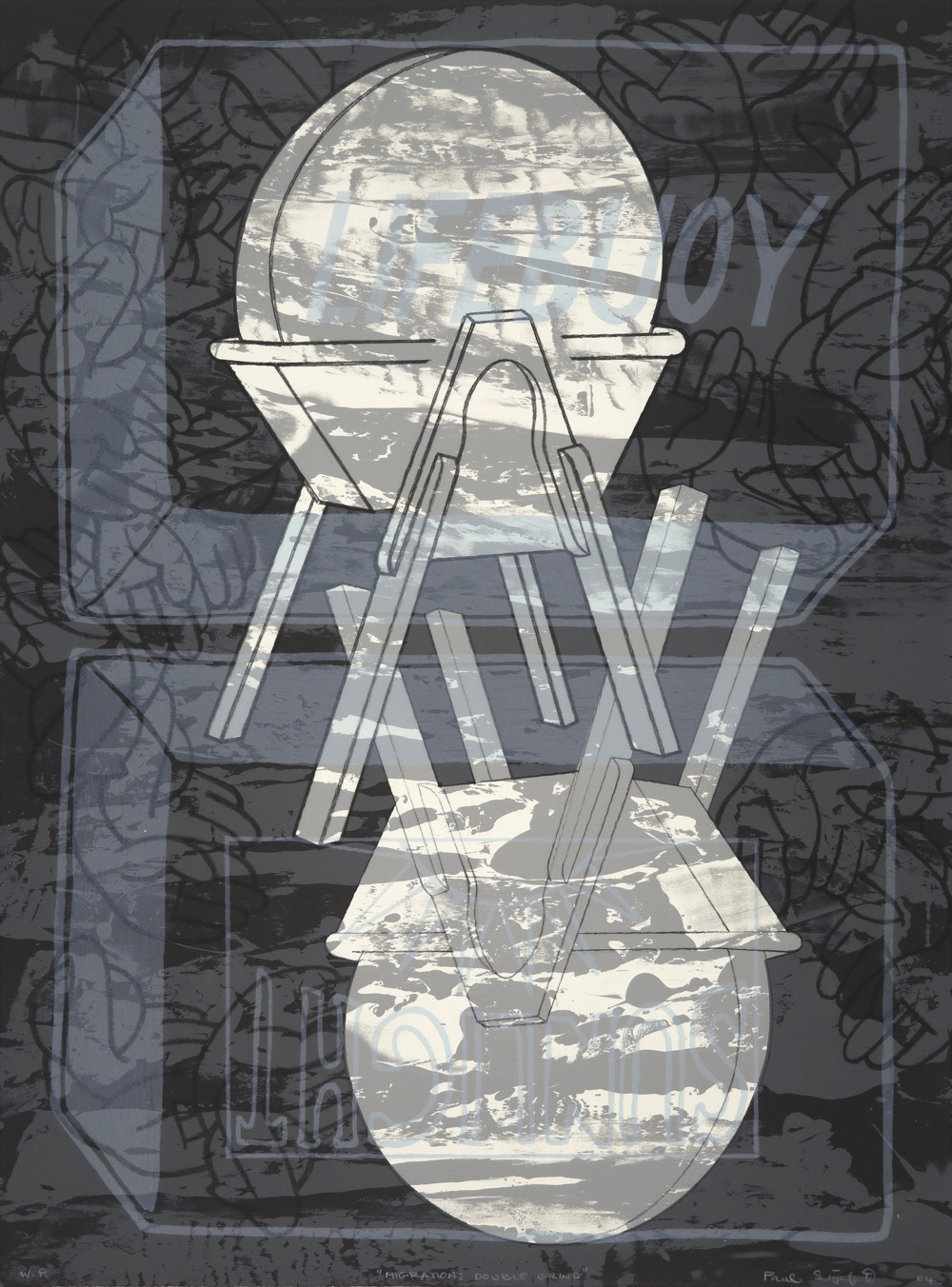
Title: Migration: Double Grind
Medium: Four colour lithograph
Size: 76.5 x 57 cm
Edition size: 30
Price: R 7 500 (excl.VAT)
Broederstroom Press Lithograph 1989
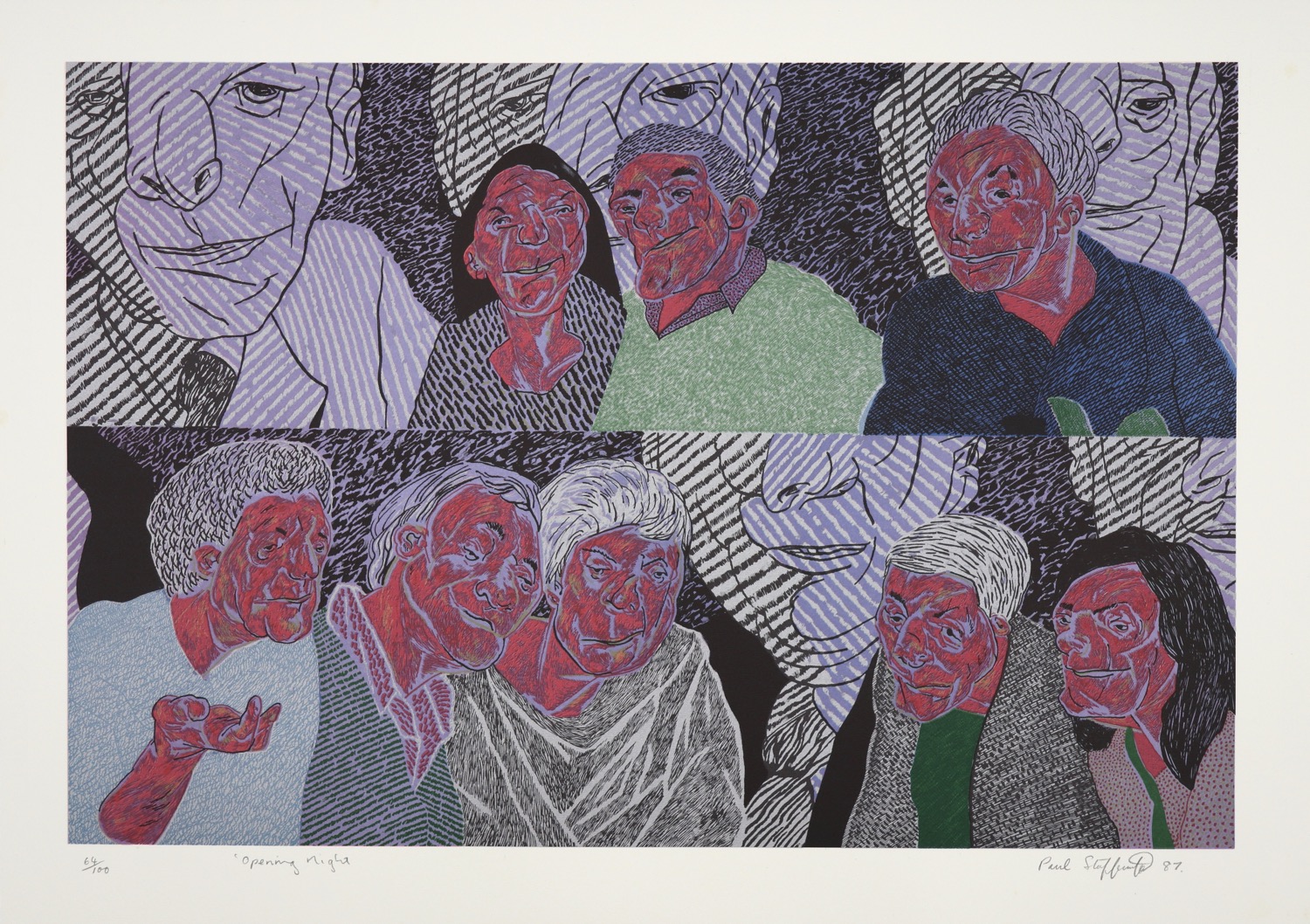
Title: Opening Night
Price: R 3 800 (excl.VAT)
A rare print printed by Bruce Attwood on a offset litho press at The Broederstroom Press in 1987.
Follow Paul Stopforth on Instagram
Paul Stopforth's Website


